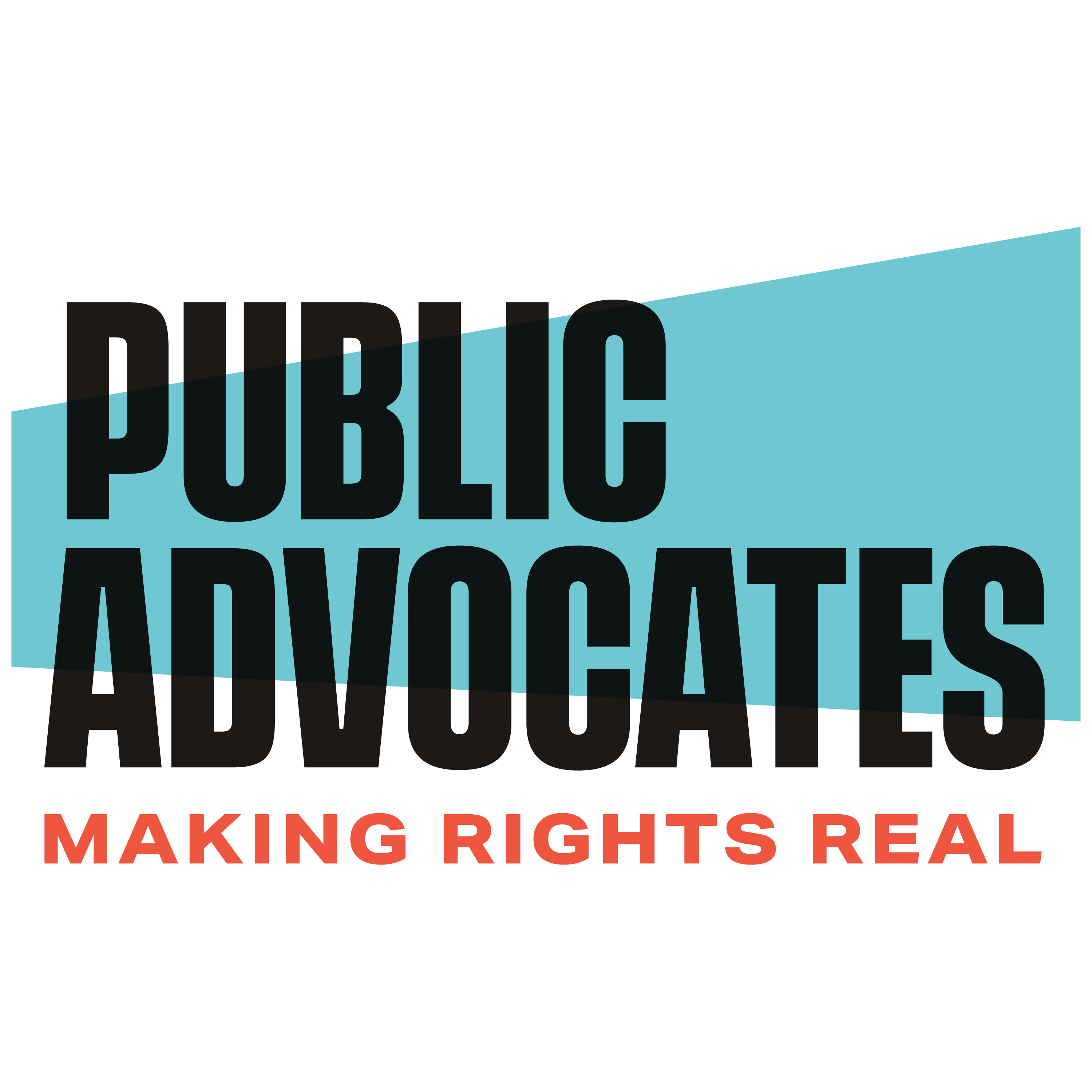February 11, 2014
By Richard Marcantonio
The Clinton Executive Order promised that every federal agency would “make achieving environmental justice part of its mission” by “identifying and addressing … disproportionately high and adverse human health or environmental effects of its programs, policies and activities” on minority and low-income populations.
It also committed federal agencies to ensure that their programs, policies and activities affecting human health or the environment would be carried out in such a manner that they “do not have the effect of … denying persons (including populations) the benefits of” those programs and activities.
Despite those strong federal commitments, disparities in health impacts abound, and the benefits of federal spending and other programs do not flow fairly to all. Dr. Robert Bullard summarizes the gaps in his recent blog post:
After decades of hard work, struggle, and some victories along the way, the quest for environmental justice for all communities has yet to be achieved. Even in 2014, the most potent predictor of health is zip code. Race and poverty are also powerful predictors of students who attend schools near polluting facilities, the location of polluted neighborhoods that pose the greatest threat to human health,hazardous waste facilities, urban heat islands, and access to healthy foods, parks, and tree cover.Transportation equity remains a major environmental justice and civil rights challenge. The nation’s transportation, energy, climate anddisaster management policies have a long way to go to ensure just and equitable benefits accrue to low-wealth and people of color communities, while at the same time not allowing the negative impacts to flow disproportionately to these same communities. Environmental justice leaders want to see these gaps closed now and not have to wait another two decades.
And in California, as Prof. Manuel Pastor notes, “EJ groups have certainly tackled disparate exposures to hazards and poor air but they have also moved the needle on such cutting edge issues as transit equity, access to parks, and the very nature of the state’s response to climate change.” The Executive Order has provided important openings for our work to promote transit equity and climate justice, including our advocacy on the BART Airport Connector and our work with the 6 Wins Network. And a new generation of statutes in California, inaugurated by SB 535 (de León), now earmark 25 percent of certain pots of funding to benefit disadvantaged communities.
So, despite flaws at federal level, the movement is growing stronger, and winning significant victories here in California. Our hats are off to our EJ allies, in California and nationally, who are working with us on transit equity and climate justice, and on a range of other important issues. The real strength of the movement is not yet on the books, but on the ground.

